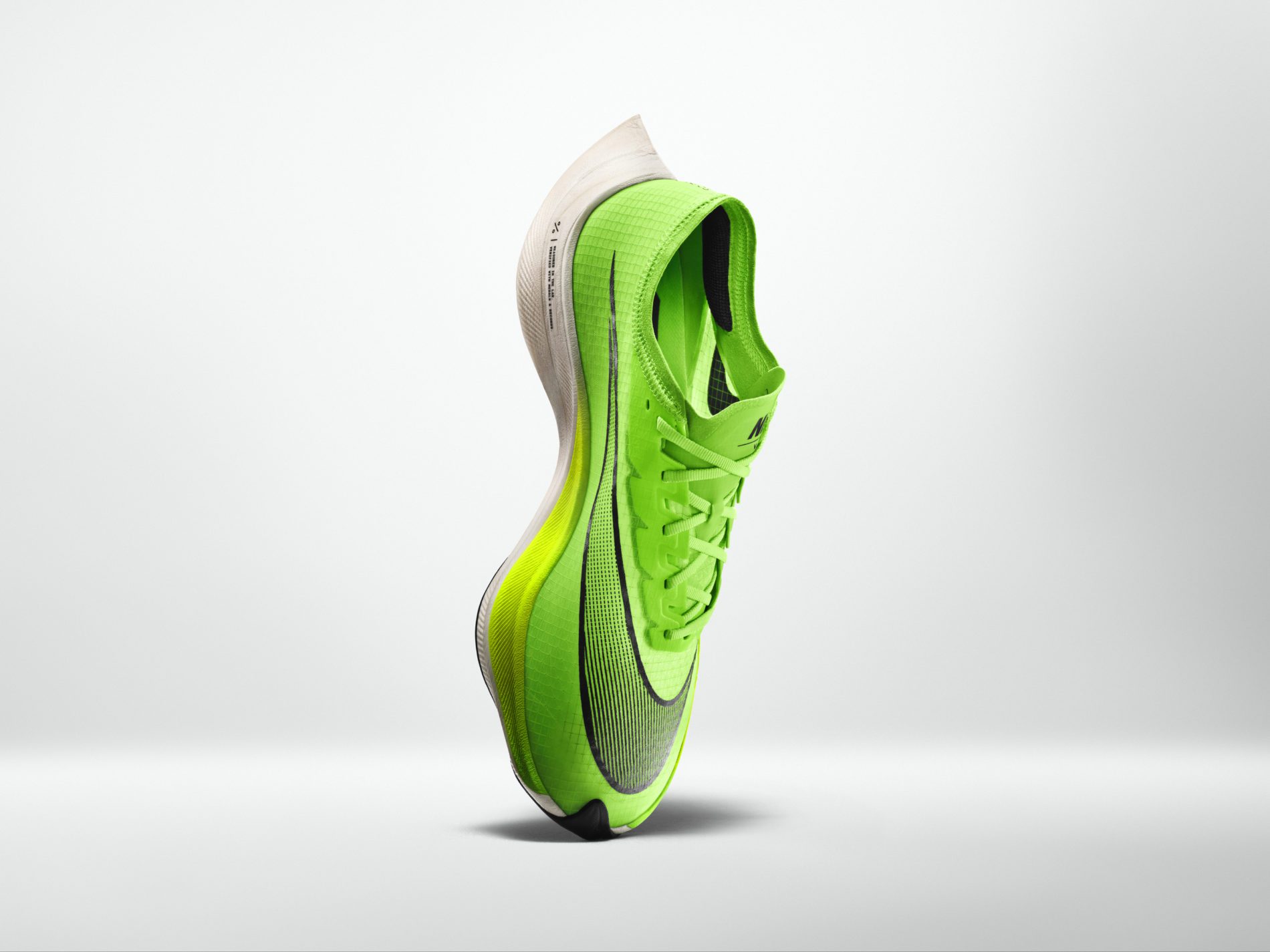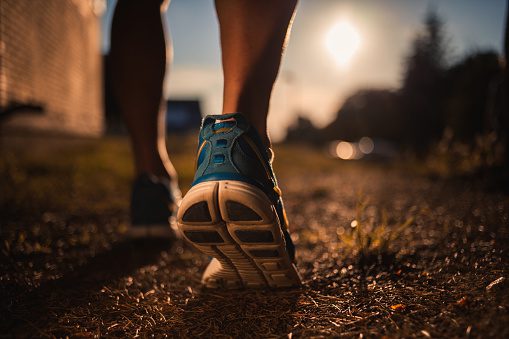World Athletics amends shoe rules, allows use of prototypes in races
Less than a year after banning prototypes from competition, World Athletics has reversed its decision

At the end of April, World Athletics (WA) implemented new rules banning prototype shoes in any WA-sanctioned competitions. This rule stated that all shoes must be available for anyone to purchase, meaning individual athletes couldn’t wear special, one-of-a-kind shoes in competition. Despite only being in effect for a little over eight months, WA has walked back this decision, recently announcing that prototypes will be permitted in most events. This rule change was made official immediately, and in any events moving forward, athletes can wear prototype shoes.
Amendment to development shoe rules in international competitions.
— World Athletics (@WorldAthletics) December 6, 2020
The WA amendment means athletes will be permitted to wear prototype (or development) shoes in any events that follow WA rules. The technical shoe rules (which were introduced at the same time as the prototype rule) will remain the same, and all development shoes must still follow these specifications, such as sole height (no thicker than 40 mm), plate guidelines and more.
RELATED: IAU adopts World Athletics shoe rules for ultramarathons
There are other rules surrounding development shoes, too. While most WA-sanctioned events will accept these shoes, they will not be permitted at the Olympics or at any World Athletics Series events (which are any world championships, the WA Continental Cup or the WA Relays). Development shoes also have expiry dates, and a model can only be worn for up to 12 months before it becomes available to the public.

WA calls these “development” shoes because they are meant to give shoe manufacturers a year-long window to test their products in race situations and continue to develop their technologies. “The use of competition to complete the final testing of development shoes by manufacturers has always been an important part of the shoe development process,” said WA CEO Jon Ridgeon.
RELATED: The latest shoe rules from World Athletics
Manufacturers will still need to work closely with WA and follow all other shoe rules. WA has also reserved the right to examine a sample of any athlete’s shoes and, if necessary, cut it open to ensure the shoe is 100 per cent legal. Athletes must also provide WA with a list of competitions they hope to race in their development shoes, and if that schedule changes, they must update WA officials.
Finally, when a shoe reaches its expiry date, it will be removed from the list of approved shoes until it is made available to the public. If an athlete ignores the approved list and wears an expired development shoe, his or her results will be listed as invalid.
RELATED: Yiannis Kouros suggests Kilian Jornet is shoe doping for 24-hour world record attempt


